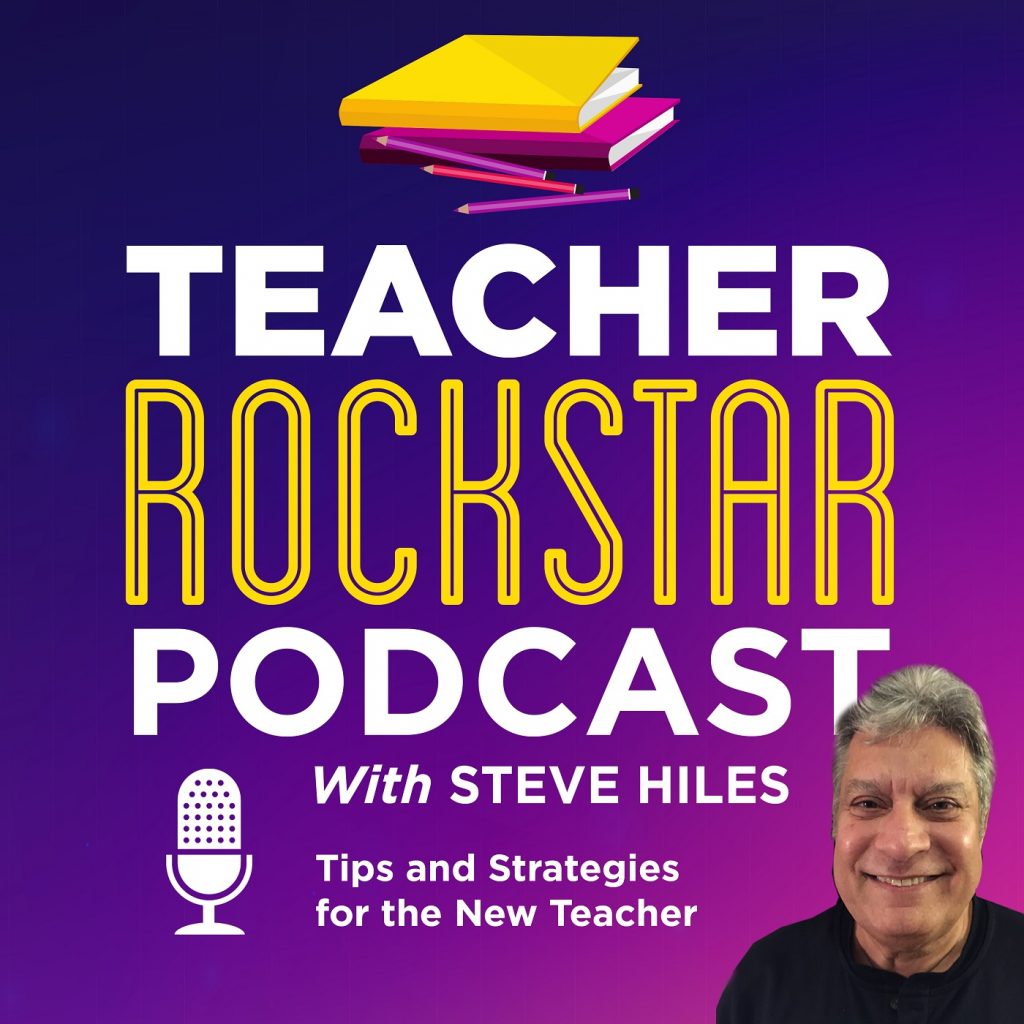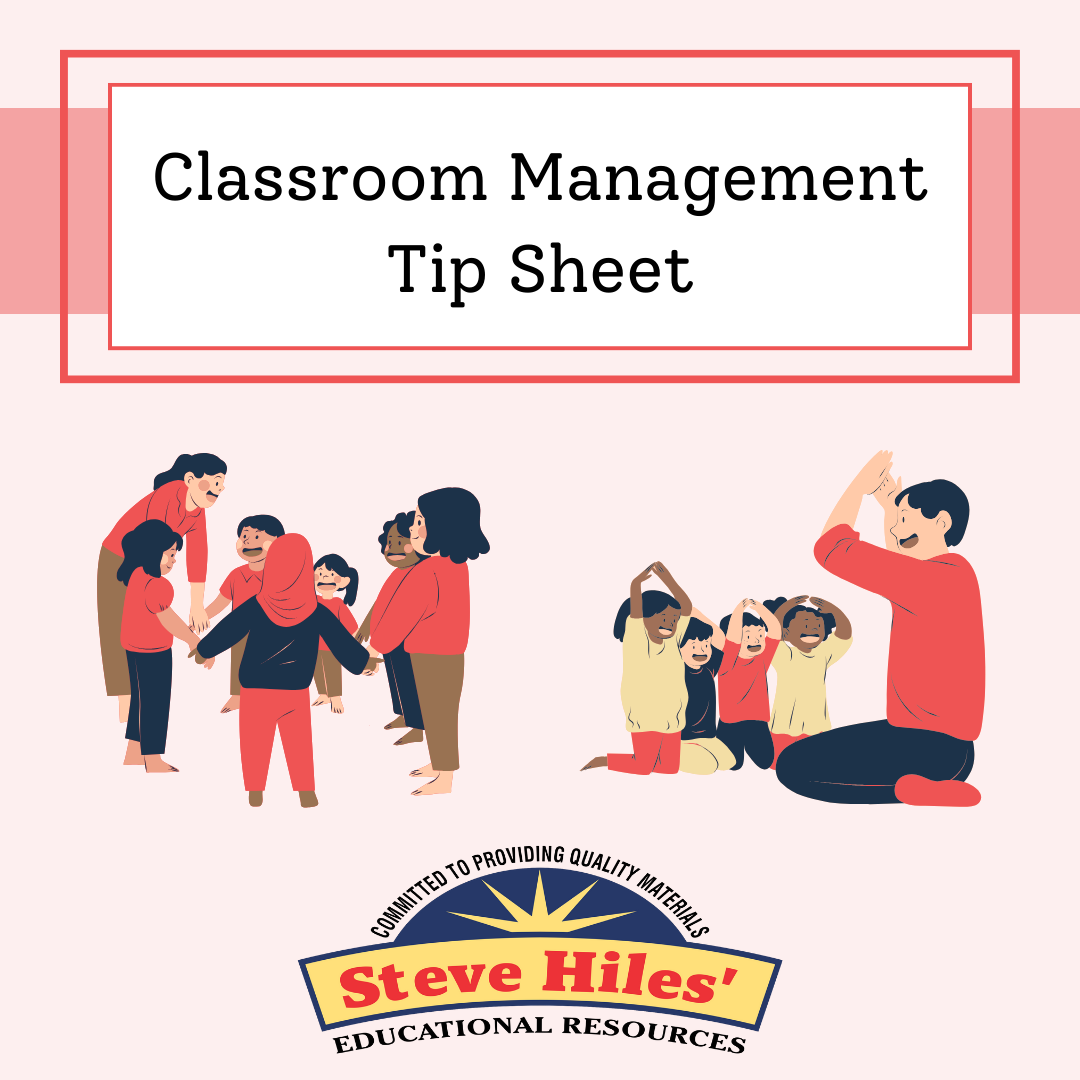What if I told you the most important part of your lesson isn’t even the lesson itself? The truth is, the real magic happens in the first 10 minutes of class.
Students walk in carrying energy from the hallway, gossip from lunch, or stress from another class. How you handle those opening minutes sets the tone for everything else. Most new teachers unknowingly sabotage their day before it even starts. Let’s change that.
Greeting Students: The Emotional Thermostat
Start with the greeting. Research published in the Journal of Positive Behavior found that teachers who greeted students at the door saw a 20% increase in engagement and a 9% drop in disruptive behavior.
That’s the power of a hello, a smile, or even a fist bump. My first year, I was so buried in my slides that I forgot to look up when kids walked in. Big mistake—students read that as, “you don’t matter.”
Once I flipped it—standing by the door, calling names—everything shifted. Greeting isn’t about being everyone’s buddy. It’s about setting the emotional thermostat for your classroom.
The Routine Factor
Next comes routines. Ask yourself: Do your students know what to do when they walk in, or do they stand there like they’re waiting for Wi-Fi to connect?
That silence is not just awkward—it’s dangerous. Think of routines like traffic lights: without them, cars crash; with them, everything flows.
I used a simple “Do Now” activity on the board. Students started immediately while I took attendance in peace. That tiny system saved me a world of stress.
Tone: Your Invisible Authority
Students decide within five minutes if you mean business. And no, that doesn’t mean barking orders. It means being consistent.
Late arrivals, side chatter, wandering—let them slide once, and you’re sending the message that rules don’t matter. Clear expectations—phones away, pencils out, eyes up—make the class flow.
Ten minutes of structure at the start will save you forty minutes of putting out fires later.
A Tale of Two Mornings
One year, I let things slide. By mid-lesson, chaos had swallowed the room.
Compare that with the years I held the line from the start: students walked in ready, I finished lessons, and I actually taught. That’s the difference between surviving and thriving.
Engagement Tricks That Work
Want a quick win? Kick things off with a hook question or a 30-second warm-up activity. It signals that class matters and will move, not drag.
Other small wins include:
- Assigning seats near the door so you can greet every student.
- Posting a clear “Do Now” activity each day.
- Smiling—but keeping it authentic. Students detect fake fast.
These little moves stack up into a smooth, controlled start.
Why the First 10 Minutes Matter
Behavior and engagement are contagious. Start strong, and students mirror it. Start weak, and you’ll play catch-up all day.
Many first-year teachers miss this simple truth—and pay for it in chaos.
From Survival Mode to Control
Here’s the remedy: greetings, routines, tone. Master these three and you control the classroom energy.
You won’t feel like the day is running you—you’ll be running the day. Imagine walking in each morning to engaged students, smooth transitions, and lessons that actually get finished. That’s the power of owning the first 10 minutes.
Final Thoughts
Your first 10 minutes of class are the launchpad. Greet students with intention. Give them clear routines. Set the tone consistently.
These are strategies most teachers don’t learn until months in. You’re already ahead.
For more classroom-tested insights, check out these Edutopia articles. And if you’re looking for step-by-step support, explore the Teacher RockStar Academy.









